Digging Up the Dead: A History of Notable American ReburialsMichael Kammen With Digging Up the Dead, Pulitzer Prize–winning historian Michael Kammen reveals a treasure trove of fascinating, surprising, and occasionally gruesome stories of exhumation and reburial throughout American history. Taking us to the contested grave sites of such figures as Sitting Bull, John Paul Jones, Frank Lloyd Wright, Daniel Boone, Jefferson Davis, and even Abraham Lincoln, Kammen explores how complicated interactions of regional pride, shifting reputations, and evolving burial practices led to public and often emotional battles over the final resting places of famous figures. Grave-robbing, skull-fondling, cases of mistaken identity, and the financial lures of cemetery tourism all come into play as Kammen delves deeply into this little-known—yet surprisingly persistent—aspect of American history.
Simultaneously insightful and interesting, masterly and macabre, Digging Up the Dead reminds us that the stories of American history don’t always end when the key players pass on. Rather, the battle—over reputations, interpretations, and, last but far from least, possession of the remains themselves—is often just beginning. The Age of Insight: The Quest to Understand the Unconscious in Art, Mind, and Brain, from Vienna 1900 to the PresentEric Kandel A brilliant book by Nobel Prize winner Eric R. Kandel, The Age of Insight takes us to Vienna 1900, where leaders in science, medicine, and art began a revolution that changed forever how we think about the human mind—our conscious and unconscious thoughts and emotions—and how mind and brain relate to art.
At the turn of the century, Vienna was the cultural capital of Europe. Artists and scientists met in glittering salons, where they freely exchanged ideas that led to revolutionary breakthroughs in psychology, brain science, literature, and art. Kandel takes us into the world of Vienna to trace, in rich and rewarding detail, the ideas and advances made then, and their enduring influence today.
The Vienna School of Medicine led the way with its realization that truth lies hidden beneath the surface. That principle infused Viennese culture and strongly influenced the other pioneers of Vienna 1900. Sigmund Freud shocked the world with his insights into how our everyday unconscious aggressive and erotic desires are repressed and disguised in symbols, dreams, and behavior. Arthur Schnitzler revealed women’s unconscious sexuality in his novels through his innovative use of the interior monologue. Gustav Klimt, Oscar Kokoschka, and Egon Schiele created startlingly evocative and honest portraits that expressed unconscious lust, desire, anxiety, and the fear of death.
Kandel tells the story of how these pioneers—Freud, Schnitzler, Klimt, Kokoschka, and Schiele—inspired by the Vienna School of Medicine, in turn influenced the founders of the Vienna School of Art History to ask pivotal questions such as What does the viewer bring to a work of art? How does the beholder respond to it? These questions prompted new and ongoing discoveries in psychology and brain biology, leading to revelations about how we see and perceive, how we think and feel, and how we respond to and create works of art. Kandel, one of the leading scientific thinkers of our time, places these five innovators in the context of today’s cutting-edge science and gives us a new understanding of the modernist art of Klimt, Kokoschka, and Schiele, as well as the school of thought of Freud and Schnitzler. Reinvigorating the intellectual enquiry that began in Vienna 1900, The Age of Insight is a wonderfully written, superbly researched, and beautifully illustrated book that also provides a foundation for future work in neuroscience and the humanities. It is an extraordinary book from an international leader in neuroscience and intellectual history. Amusing the Million: Coney Island at the Turn of the CenturyJohn F. Kasson Coney Island: the name still resonates with a sense of racy Brooklyn excitement, the echo of beach-front popular entertainment before World War I. Amusing the Million examines the historical context in which Coney Island made its reputation as an amusement park and shows how America's changing social and economic conditions formed the basis of a new mass culture. Exploring it afresh in this way, John Kasson shows Coney Island no longer as the object of nostalgia but as a harbinger of modernity—and the many photographs, lithographs, engravings, and other reproductions with which he amplifies his text support this lively thesis. Contested Visions in the Spanish Colonial WorldIlona Katzew Contested Visions offers a comparative view of the two principal viceroyalties of Spanish America: Mexico and Peru. Spanning developments from the 15th to the 19th century, this ambitious book looks at the many ways and contexts in which indigenous peoples were represented in art of the early modern period—by colonial artists, European artists, and themselves. More than two hundred works of art, including paintings, sculptures, illustrated books, maps, codices, manuscripts, and other materials such as textiles, keros, and feather works, are reproduced in full-color illustrations, demonstrating the rich variety of these artistic approaches.
A collection of essays by an international team of distinguished scholars in the field uncovers the different meanings and purposes behind these depictions of native populations of the Americas. These experts explore the role of the visual arts in negotiating a sense of place in late pre-Columbian and colonial Latin America. They address a range of important topics, such as the construct of the Indian as a good Christian; how Amerindians drew on their pre-Columbian past to stake out a place within the Spanish body politic; their participation in festive rites; and their role as artists. Lavishly illustrated, this ambitious book provides a compelling and original framework by which to understand the intersection of vision and power in the Spanish colonial world. | The Photoshop CS2 Book for Digital PhotographersScott Kelby Scott Kelby, the best-selling Photoshop author in the world today, once again takes this book to a whole new level as he uncovers the latest, most important and most exciting new Adobe Photoshop CS2 techniques for digital photographers.
This major update to this award-winning, record-breaking book does something for digital photographers that's never been done before—it cuts through the bull and shows you exactly "how to do it." It's not a bunch of theory; it doesn't challenge you to come up with your own settings or figure it out on your own. Instead, Scott shows you step-by-step the exact techniques used by today's cutting-edge digital photographers and, best of all, he shows you, flat-out, exactly which settings to use, when to use them, and why. That's why the previous version of this book took the digital photography world by storm.
But now, his new CS2, version is even bigger, even better, and exposes even more of the pros most closely guarded secrets, including a special chapter which shows, for the first time ever, step-by-step how to how to set-up Photoshop's color management. He does it by throwing out all the theory, all the techno-babble, and all the confusing charts and graphs and instead just shows you exactly what you need to do (and
nothing more).
LEARN HOW THE PROS DO IT Each year Scott trains thousands of professional photographers how to use Photoshop, and almost without exception they have the same questions, the same problems, and the same challenges—and that's exactly what he covers in this book. You'll learn:
The sharpening techniques the pros really use (there's an entire chapter on, just this!)The pros tricks for fixing the most common digital photo problems fast!The step-by-step set-up for getting what comes out of your printer to match exactly what you saw on screenThe retouching secrets of how the pros retouch portraitsHow to process raw digital camera images (plus how to take advantage of all the new Camera Raw features of CS2!)How to color correct any photo without breaking a sweat (you'll be amazed at how easy it is–once you know the secret)A whole chapter on the latest, most requested Photoshop special effects
How to reduce noise, deal with lens problems, avoid halos, and moreHow to show your work like a pro!Plus a host of shortcuts, workarounds, and slick "insider" tricks to send your productivity through the roof!
If you're a digital photographer and you're ready to learn the "tricks of the trade"—the same ones that today's leading pros use to correct, edit, sharpen, retouch, and present their work; then this is the book for you.
"The Professional Photographer magazine Hot1 Awards represent a must-have list of this year's hottest, most sought-after new products. Selected by a panel of working professional photographers, the awards are chosen based on innovation, overall quality and value for price. In its seventh year, the Professional Photographer Hot1 Awards are one of the biggest product competitions in the industry, representing 60 categories of gear from a couple hundred different companies."
—Jeff Kent, Special Hot1 Awards Editor / Editor at Large Professional Photographer magazine A Social History of DyingAllan Kellehear Our experiences of dying have been shaped by ancient ideas about death and social responsibility at the end of life. From Stone Age ideas about dying as otherworld journey to the contemporary Cosmopolitan Age of dying in nursing homes, Allan Kellehear takes the reader on a 2 million year journey of discovery that covers the major challenges we will all eventually face: anticipating, preparing, taming and timing for our eventual deaths. This is a major review of the human and clinical sciences literature about human dying conduct. The historical approach of this book places our recent images of cancer dying and medical care in broader historical, epidemiological and global context. Professor Kellehear argues that we are witnessing a rise in shameful forms of dying. It is not cancer, heart disease or medical science that presents modern dying conduct with its greatest moral tests, but rather poverty, ageing and social exclusion. |

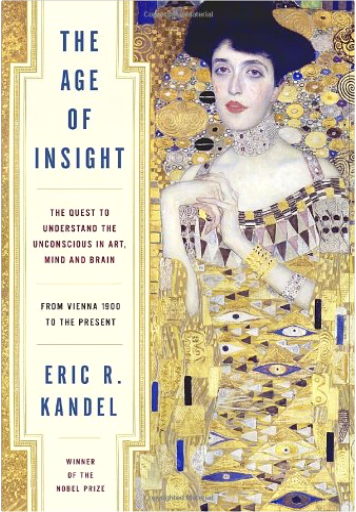
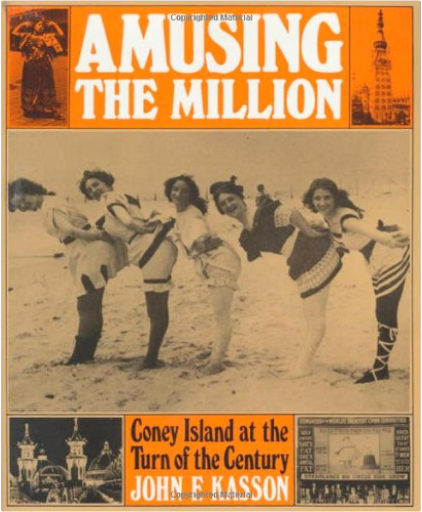
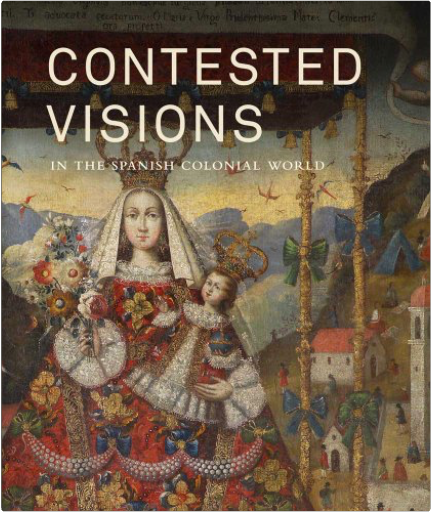

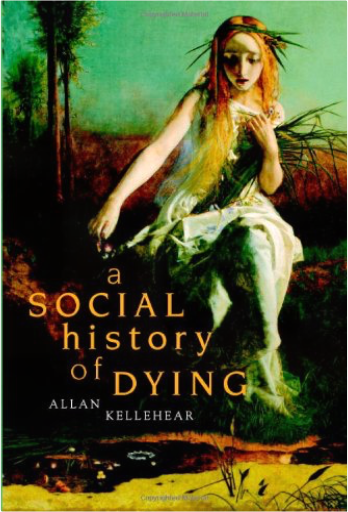


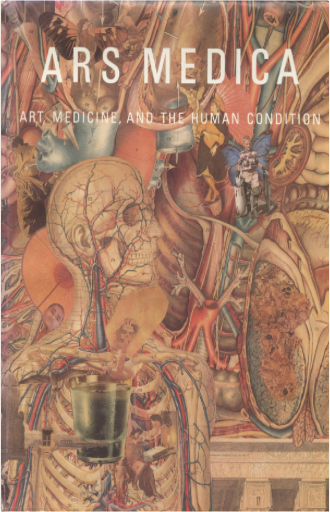
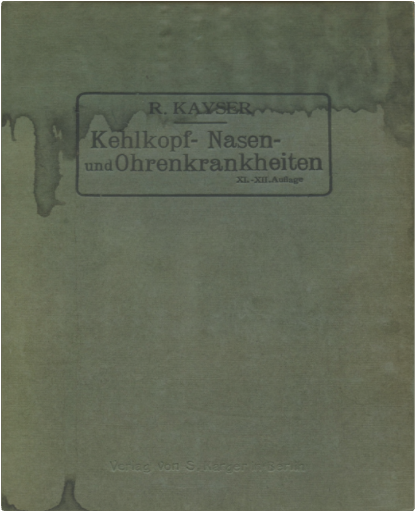


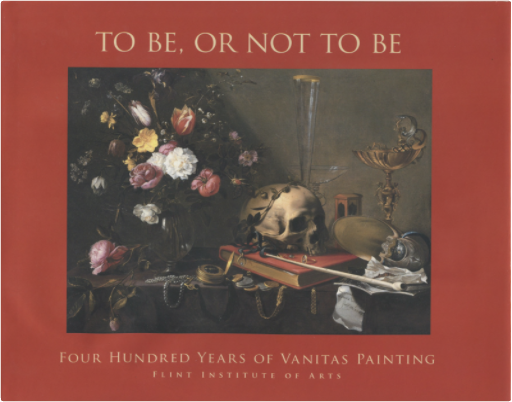

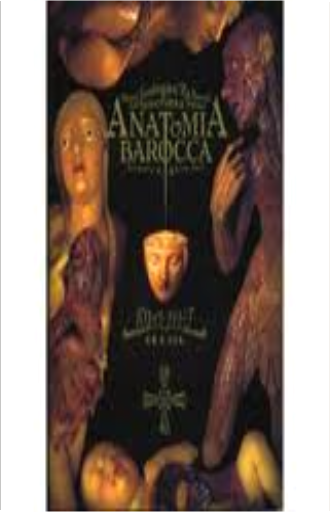
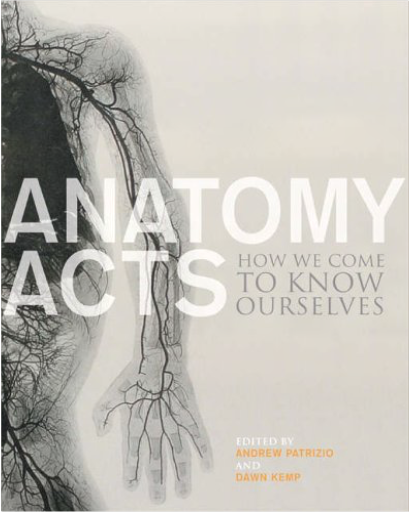

 Made with Delicious Library
Made with Delicious Library